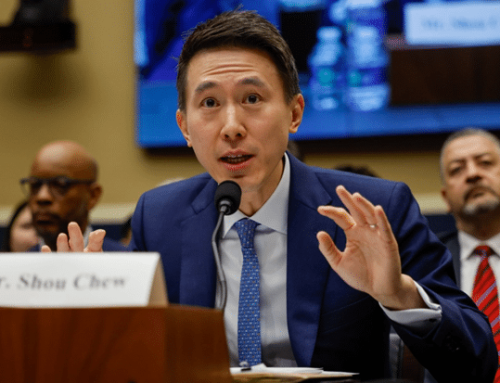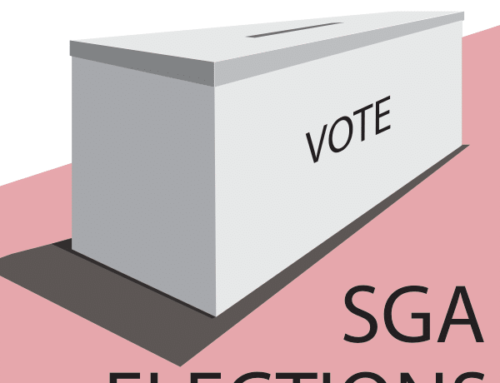By Jordan Carroll
Deinstitutionalization is crazy talk
It’s little wonder why the homeless problem is what it is. Almost every town has its madman, often with the title “Crazy” attached to their name. Since 1960, the number of psychiatric hospital beds has been reduced to a tenth. States don’t want to pay for the severely mentally ill and civil liberties groups believe the patient’s rights are restricted by the hospitals. As a result, our streets have been flooded with potentially dangerous people incapable of taking care of themselves.
The two groups are wrong on both counts. The taxpayers actually lose money as a result of deinstitutionalization in many cases. Some patients must be kept on 24 hour watch outside of the hospitals while others are in and out of jail on a regular basis. The patients might not always been on the government’s dime, but the cost of property damage, court costs, outpatient care, vagrancy, and detriment to the community should outweigh any monetary value attached to deinstitutionalization.
The second complaint “that of the patients freedom” is a far more intangible and, I believe, debatable one. Whatever freedom the severely mentally ill might have outside of hospitals, they do not have the ability understand and correctly make the choices posed at them. Releasing them into the world, more often than not, causes them to become ensnared in chains of their own making. Poverty, the expense of medication, the pressures of life, and their own illness bind them more than any hospital could. The patients might have some modicum of autonomy outside of the hospital but, often, it is freedom at another’s expense. They are both a burden to society and a risk to others. Often this “freedom” is used to suspend medication, become drug addicts or alcoholics, or commit any number of crimes. According to one researcher, a fourth of the patients commit a violent act within four months of discharge. The Department of Justice states that 16 percent of state, 7 percent of federal, and 16 percent of local prisoners are mentally ill, accounting for 288,000 inmates. That’s five times what a comparable segment of the population would account for. Their freedom isn’t worth the risk of injury or death to the patient and others.
I believe the movement for deinsitutionalization stems from a misinformed view of mental illness and psychiatric care. They imagine the archaic (and inaccurate) portrayal in Ken Kesey’s One Flew Over the Cuckoo’s Nest. They imagine the mentally ill as simply “different.” Severe mental illness is no different then an impairing physical disorder. Mental illness is not a lifestyle choice or another plane of being, but a debilitating biological disease that often necessitates constant care and supervision. The hospitals are, at the moment, the best places for them to be. The triumph of deinstitutionalization is the triumph of blind idealism.
There is a point where freedom is superceded by happiness. Should we have freedom to sleep under overpasses or to drink ourselves to death or to be haunted by schizophrenic hallucinations or to rub up against children in subway cars? And if mentally ill murderers and pedophiles and pyromaniacs are to be allowed out into the community, why shouldn’t unleash the sane criminals? Discharging the mentally ill is, at best, depriving someone of much-needed assistance or, at worst, inflicting a potentially dangerous person on the community. The mentally ill have not been freed, they have been abandoned and left to their own devices.





